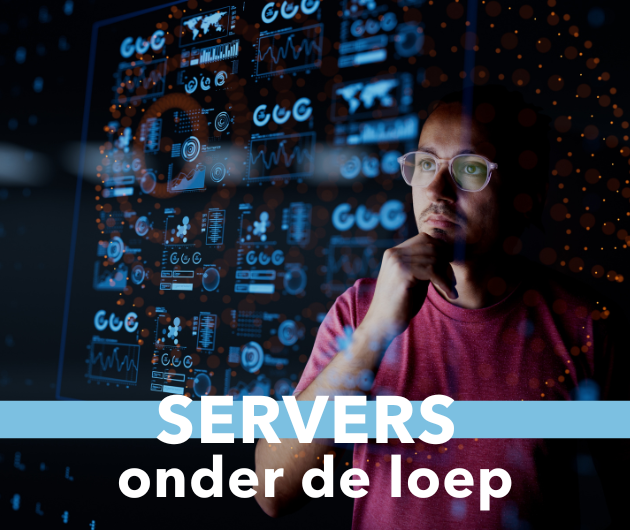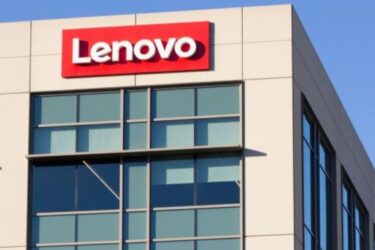IBM has already developed a good set of tools for Web based applications with WebSphere, which they will continue to develop to make integration with legacy systems easier.
However Sun and Microsoft, not forgetting Oracle and BEA, also have similar capabilities and so IBM are pushing forward with technology to deliver on-demand computing, charged on a "how much has been used" basis. This development is referred to by IBM as "Project eLiza". This technology is scheduled to be applied to all IBM’s platforms, but it is far more advanced on mainframes with the revolutionary Intelligent Resource Director (IRD, which uses the z/OS Workload Manager and Parallel Sysplex Clustering to implement dynamic partitioning, enabling resources to be rescheduled without shutting executing applications down.
Project eLiza is targeted to achieve four key objectives, self-optimising, self-healing, self configuring and self-protecting systems. The emphasis is on "self" so that these next generation systems can be easily and economically managed. Clearly it will take many years to fully develop and implement eLiza, but there are already significant pieces of the jig-saw puzzle in place; it is of course uneven across the various platforms, only mainframes having IRD for instance.
Self-optimising systems can automatically and seamlessly allocate and de-allocate processor, memory and I/O capacity to active, protected partitions. This needs to be done in relatively small increments, i.e. a share of a processor, not constrained to a whole one. This is important if service level agreements are to be met, since a peak demand by one user must not be met at an excessive cost to another user. At present this is only achievable on a mainframe and it will be interesting to see how H-P and Sun, as well as IBM’s other systems, respond.
Self-healing has been employed for years in fault tolerant systems and in complex communication networks. The primary function is to detect faults in any part of the system; the second function is to do something about it. It is the latter that has the scope for a lot of serious development! Some faults are transient and are resolved by repeating the operation (with roll-back). Redundant equipment can be used to fix more permanent faults, but that also requires fault reporting and within the eLiza architecture requires an ability to remove and replace components without disrupting the normal operation. "Hot swapping" of I/O, processor and memory cards was pioneered by Tandem and Stratus for earlier fault-tolerant systems, now it must become the norm. Predicting and anticipating faults before they become catastrophic, technology found today in networks, will also be applied to eLiza. IBM by the way has some very advanced techniques for implementing error-correcting memory.
Self-configuring technology allows hardware and software to be added to or removed from a system without having to shut the system down and to reboot. This requires advances in both hardware and operating systems, in particular directory management. There will be a strong interaction between self-configuration and self-optimisation.
Self-protecting is needed to automatically protect both the system and the user’s assets. Security has long been a problem for IT systems which has become far more wide ranging since the advent of the Internet. On-demand computing will increase the need to control unauthorised access. Indeed this is probably going to be the biggest influence in the early phases and will definitely slow down the mass acceptance of utility computing for some time. The Internet has placed focus on intrusion detection via the network but it must become more sophisticated to function throughout the whole system.< BR>
Martin Healey, pioneer development Intel-based computers en c/s-architecture. Director of a number of IT specialist companies and an Emeritus Professor of the University of Wales.








